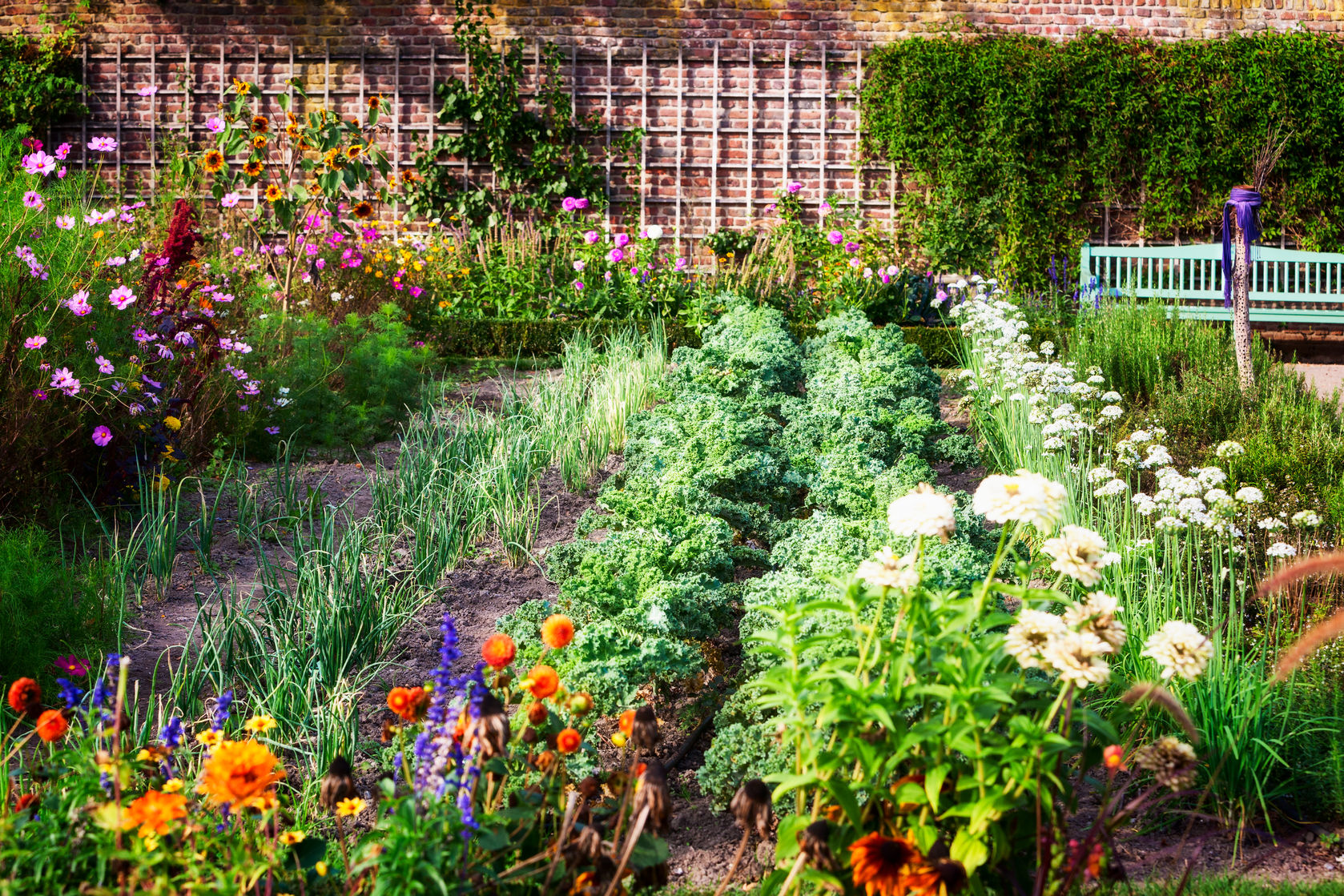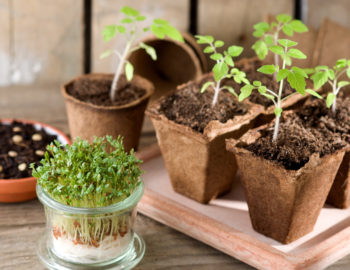Garden Design Melbourne Can Be Fun For Anyone
Ready to delve into gardening? Our Vegetable Gardening Guide for Beginners will assist you to prepare and grow your tastiest veggies ever. Learn how much food you require to grow to feed a family, top 10 veggies for a novice, and more suggestions. Why garden, you ask? If you've never tasted garden-fresh veggies (great deals of individuals have not!), you will be surprised by the sweet, juicy tastes and lively textures.
Develop a smarter, more productive garden. Utilize the online Almanac Garden Coordinator-- now the # 1 Garden Organizer in the world. Examine it out here: In minutes, you can draw your http://www.johnfrenchlandscapes.com.au/landscape-designers-ivanhoe/ garden strategy on your computer system. We have actually done all the research for you! The Garden Planner instantly pulls in the frost dates for your place! Also, it shows you how lots of plants fit in your area so you do not squander seed or crowd your plants! Plus, you'll see lots of free garden plans for motivation, as well as growing guides for more than 250 vegetables, fruits, herbs, and flowers.
The Single Strategy To Use For Landscape Design Northern Suburbs Melbourne
You'll have adequate time to prepare your first garden, and if you like it, you can subscribe. Any questions? Ask us in the remarks listed below!.

Starting a garden is one of the most fulfilling things one can do. Whether you're planting aromatic florals or beginning a vegetable garden, anyone can gain from getting their hands a little dirty. However it can be challenging to know where to begin. Our actions ease you into gardening Helpful hints and benefit you for your efforts with beautiful visuals, delicious flavors, and colorful blossoms.
Some Known Details About Garden Designers
If you desire flowers for their style, color, and scent, decide whether you desire annuals that flower the majority of the summer season however need to be replanted each spring or perennials that have a much shorter blossom time but return year after year. All are valid choices but have various maintenance requirements.

Almost all veggies and many flowers need 6-8 hours of http://query.nytimes.com/search/sitesearch/?action=click&contentCollection®ion=TopBar&WT.nav=searchWidget&module=SearchSubmit&pgtype=Homepage#/landscapers full sun each day. So you require to observe your backyard throughout the day to find out which areas get full sun versus partial or complete shade. Do not despair if your lot is mainly shady. You won't have the ability to grow tomatoes in shade, but lots of other plants (e.g., ferns and hostas) love it.
The Main Principles Of How To Grow A Garden
Examine plant tags or ask the personnel at your regional garden center to assist you understand out just how much sun a plant requires. 3 extra suggestions: Select a relatively flat spot for your garden due to the fact that it's more challenging, lengthy, and pricey to handle a sloping garden. Look for windbreaks (e.g., your house or your neighbor's house) that will keep plants from being hurt by strong winds.
Perk if that location is close enough to a water spigot that you will not have to drag a hose to the hinterlands. Eliminate the sod covering the location you plan to plant. If you desire fast results (e.g., it's currently spring and you want veggies this summertime), cut it out.
The smart Trick of How To Grow A Garden That Nobody is Talking About
It's simpler to smother the grass with paper, but it takes longer. (In other words, you should start the fall prior to spring planting.) Cover your future garden with five sheets of paper; double that amount if your lawn is Bermuda lawn or St. Augustine yard. Spread a 3-inch layer of compost (or combination of potting soil and topsoil) on the paper and wait.
But by spring, you'll have a bed ready to plant-- no lawn or weeds and plenty of rich soil. The more fertile and friable the soil, the much better your vegetables will grow. The same is true for other plants. Invariably, domestic soil needs a boost, particularly in new building where the topsoil may have been removed away.
The Best Strategy To Use For Garden Designers
The service is often easy: Add organic matter. Include a 2- to 3-inch layer of garden compost, decayed leaves, dry turf clippings, or old manure to the soil when you dig or till a new bed (see Action 5). If you decide not to dig or are working with a recognized bed, leave the organic matter on the surface where it will ultimately rot into humus.
To get more information about your soil, have a soil test done through your county cooperative extension office. They'll lead you through the treatment: how much soil to send from which parts of the garden and the very best time to obtain samples. Expect a two-week wait for the findings, which will inform you what your soil does not have and how to amend it.
The Landscape Designers Canterbury Ideas
There are two approaches: tilling Have a peek at this website and digging. Tilling consists of cultivating soil with a mechanical gadget such as a rototiller. This is a great method when you require to incorporate large quantities of changes. Nevertheless, it can also disturb microbes and earthworms. So it's better to do too little than excessive.
Digging is more useful for preparing little beds. Dig just when the soil is wet enough to form a loose ball in your fist but dry enough to break down when you drop it. Utilize a sharp spade or spading fork to carefully turn the leading 8 to 12 inches of soil, mixing in the raw material from Action 4 at the very same time.
Our How To Grow A Garden Ideas

Some individuals read catalogs for months; others head to the garden center and purchase what wows them. Either approach works as long as you pick plants adjusted to your environment, soil, and sunshine. You can even surf the Web for plants to buy. Here are a couple of easy-to-grow plants for newbies: Annuals: Calendula, universes, geraniums, impatiens, marigolds, sunflowers, and zinnias Perennials: Black-eyed Susans, daylilies, lamb's- ears, pansies, phlox, purple coneflowers, and Russian sage Vegetables: Cucumbers, lettuce, peppers, and tomatoes Some plants, such as pansies and kale, tolerate cold, so you can plant them in autumn or late winter.
Midspring and midautumn are great times to plant perennials. Many plants, such as lettuce and sunflowers, are easy to grow from seed straight in the garden. Make sure to read the seed package for information about planting time, depth, and spacing. If you're a daring beginner, get a head start on the growing season by sowing seeds inside a couple of weeks prior to the last frost date.

